Knee pain is a pervasive issue affecting individuals of all ages, and as a pain management specialist, I’m dedicated to shedding light on this common concern. In this blog, we’ll explore the epidemiology, etiology, various types of knee pain, and delve into treatment options with a particular focus on interventional pain management techniques.
Epidemiology:
Knee pain is prevalent globally, with estimates suggesting that around 25% of adults experience knee pain at some point in their lives. The prevalence tends to increase with age, making it a significant health concern, especially among the elderly population. Factors such as obesity, sports injuries, and degenerative conditions contribute to the rising incidence of knee pain.
Etiology:
Understanding the underlying causes of knee pain is crucial for devising effective treatment strategies. Common etiological factors include:
- Osteoarthritis: Wear and tear of the knee joint over time, leading to pain and stiffness.
- Injuries: Sports-related injuries, ligament tears (e.g., ACL, MCL), or meniscus injuries. 3. Overuse: Repetitive strain on the knee joint due to activities or occupations that involve frequent bending or lifting.
- Rheumatoid Arthritis: An autoimmune condition affecting the joints, leading to inflammation and pain.
- Obesity: Excess weight puts additional stress on the knee joints, contributing to pain and degeneration.
Types of Knee Pain:
- Patellofemoral Pain Syndrome: Pain around or behind the kneecap, often aggravated by activities like climbing stairs.
- Meniscus Tears: Injuries to the meniscus, the cartilage that cushions the knee joint, resulting in pain and swelling.
- Osteoarthritis of the Knee: Degeneration of joint cartilage leading to pain, stiffness, and reduced mobility.
- Ligament Injuries: Tears or strains in ligaments like the ACL or MCL, commonly seen in sports-related injuries.
Treatment Options:
- Conservative Measures:
- Physical therapy to strengthen muscles around the knee and improve joint stability.
- Weight management to alleviate stress on the knee joints. – NSAIDs for pain and inflammation control.
- Interventional Pain Management Techniques:
- Corticosteroid Injections: Targeted injections to reduce inflammation and relieve pain.
- Viscosupplementation: Adding lubricating fluid to the joint to improve mobility and reduce pain.
- Genicular Nerve Ablation: Disrupting pain signals from the knee by using radiofrequency ablation.
- Platelet-Rich Plasma (PRP) Therapy: Injecting concentrated platelets to promote healing in damaged tissues.
- Peripheral Nerve Stimulation (PNS): electrical stimulation of peripheral nerves to alleviate chronic pain
- Surgical Options:
– In cases where conservative measures and interventional techniques are insufficient, surgical interventions such as knee arthroscopy or joint replacement may be considered.
Knee pain is a complex issue with a range of contributing factors. As a pain management specialist, my mission is to provide patients with a comprehensive understanding of their condition and offer tailored treatment options. By embracing a holistic approach that combines physical therapy with cutting-edge interventional pain management techniques, we can work together to alleviate knee pain and enhance overall well-being.



